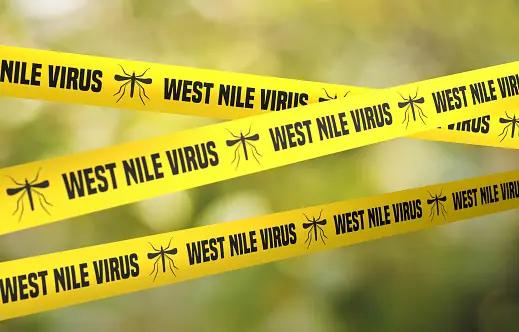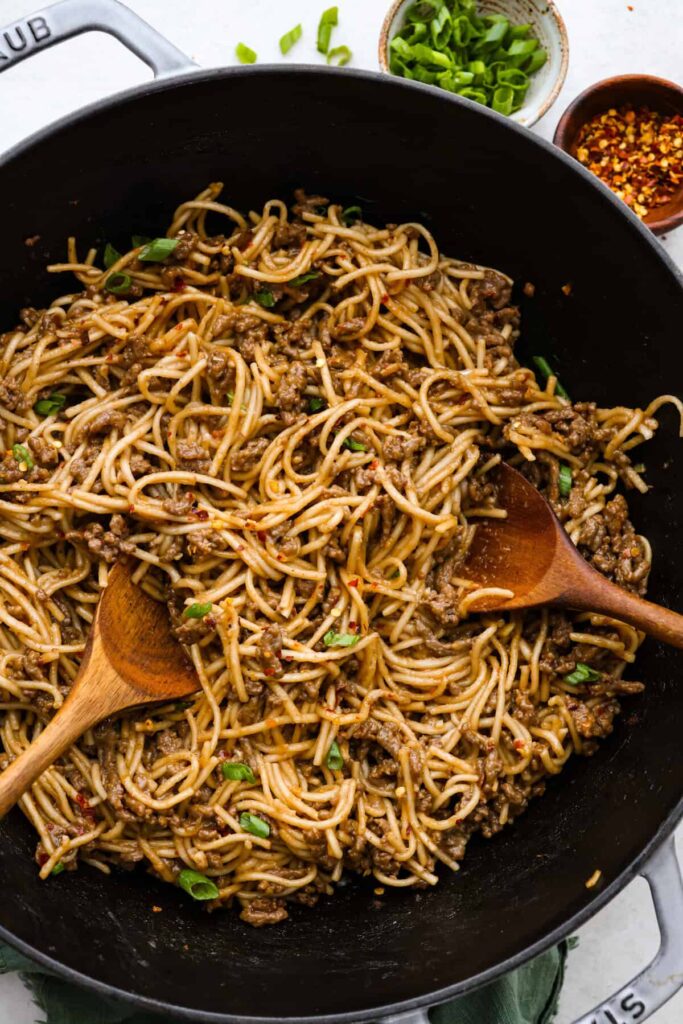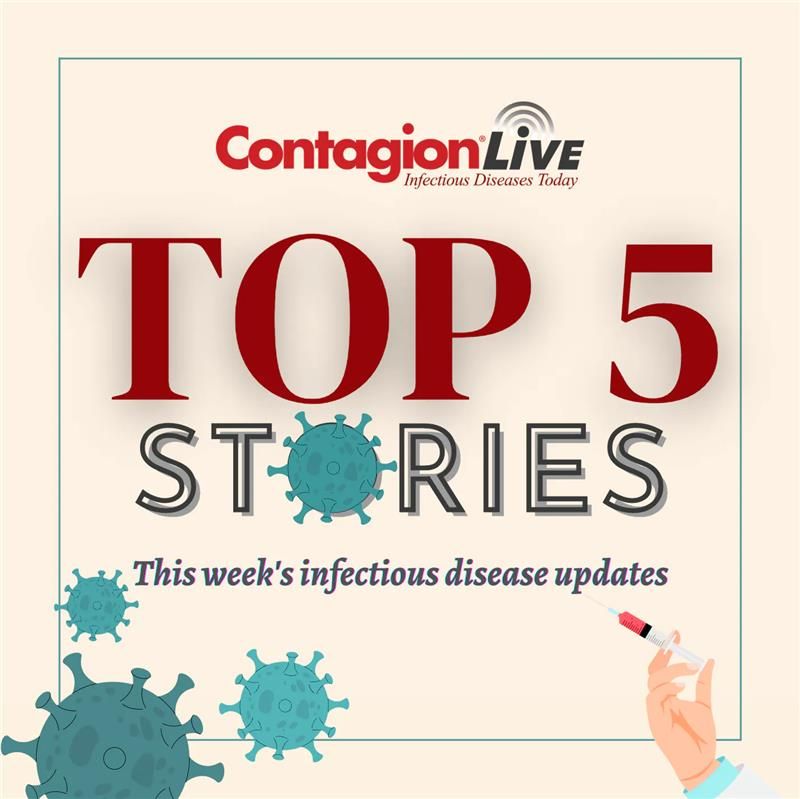
The mosquito-transmitted West Nile virus (WNV) has emerged as a new public health concern in Europe. This research demonstrates that the geographical spread of WNV in Europe has been influenced by climate change, in addition to alterations in land use and human population density. By employing ecological models to evaluate both actual and hypothetical scenarios, researchers have been able to distinguish the specific role of climate change in influencing the likelihood of WNV transmission.
The results indicate a significant expansion in the region ecologically conducive to WNV transmission from 1901 to 2019. In contrast, this region shows little change in a hypothetical scenario without climate change. They demonstrate that the sharp rise in the population at risk of WNV exposure can be attributed partially to historical shifts in population density.
“Our assessment indicates that Europe experienced a notable increase in WNV ecological suitability from the 1980s, which coincides with a rapid warming during this time in Europe as well as the establishment of WNV hotspots in Romania from 1996, in Italy from 2008, and in Greece from 2010,” according to investigators. “We here find that the relative contributions of air temperature in summer and winter to the ecological suitability of WNV were higher than the one of spring temperatures.”
3 Key Takeaways
- The research highlights climate change as a driver in expanding the geographical reach of WNV in Europe, impacting the ecological conditions conducive to mosquito vectors and the spread of the virus.
- Utilizing ecological niche models to analyze the impact of climate change on WNV transmission provides an understanding of the disease’s dynamics, emphasizing the importance of such tools in forecasting and preventing future outbreaks.
- The findings advocate for the integration of climate change adaptation into public health strategies, addressing the broader environmental determinants of health is essential for the control and prevention of mosquito-borne diseases.
The researchers developed ecological niche models to forecast the likelihood of WNV transmission resulting in human infections. This enabled them to isolate the specific impact of climate change by contrasting actual simulations with a hypothetical scenario that reflects the same environmental shifts but assumes a stable climate with no long-term trends.
“We identify that current WNV hotspots in Europe are most likely to be attributed to climate change,” according to the investigators. “With climate change emerging as a critical public health challenge, future work should explore the evolution of infectious disease distributions under different scenarios of future climate change to inform surveillance and intervention strategies.”
The study faces limitations in analyzing WNV ecological suitability. First, the absence of historical data on mosquito and bird diversity/abundance limits the models. Second, the reliance on ISIMIP environmental data restricts the incorporation of land-use variables to understand mosquito-bird interactions in WNV transmission. Third, the use of WNV presence/absence data, instead of incidence rates or serological surveys, assumes an equal surveillance effort across different areas, which may distort the accuracy of the models. Fourth, the models only indirectly account for human impacts on the climate and are based on data up to 2019, highlighting the necessity for continuous updates to the models.
Understanding the relationship between environmental shifts and the pattern of disease is essential to avert upcoming vector-borne outbreaks and safeguard public health.
Reference
Erazo D, Grant L, Ghisbain G, Marini G, Wint W, et, al. Contribution of Climate Change to the Spatial Expansion of West Nile Virus in Europe. Nature Communications. Published February 8, 2024. Accessed February 22, 2024. https://doi.org/10.1038/s41467-024-45290-3








